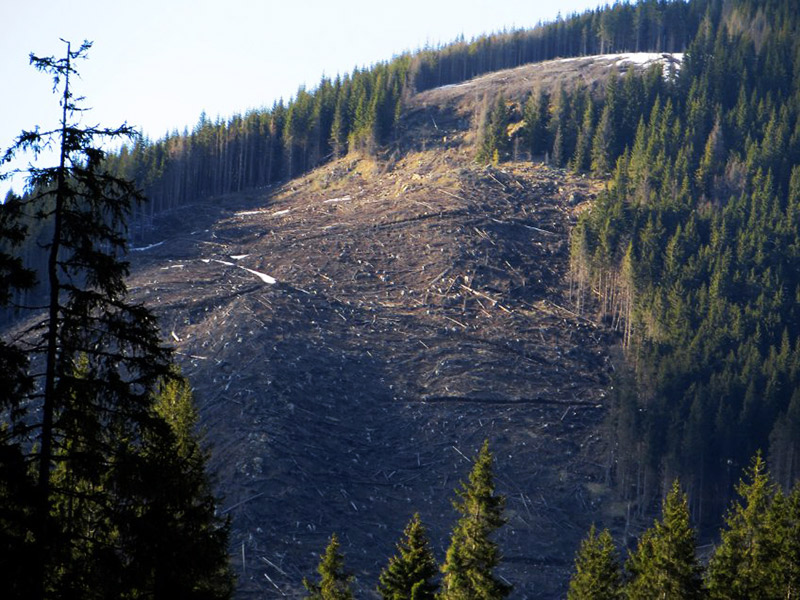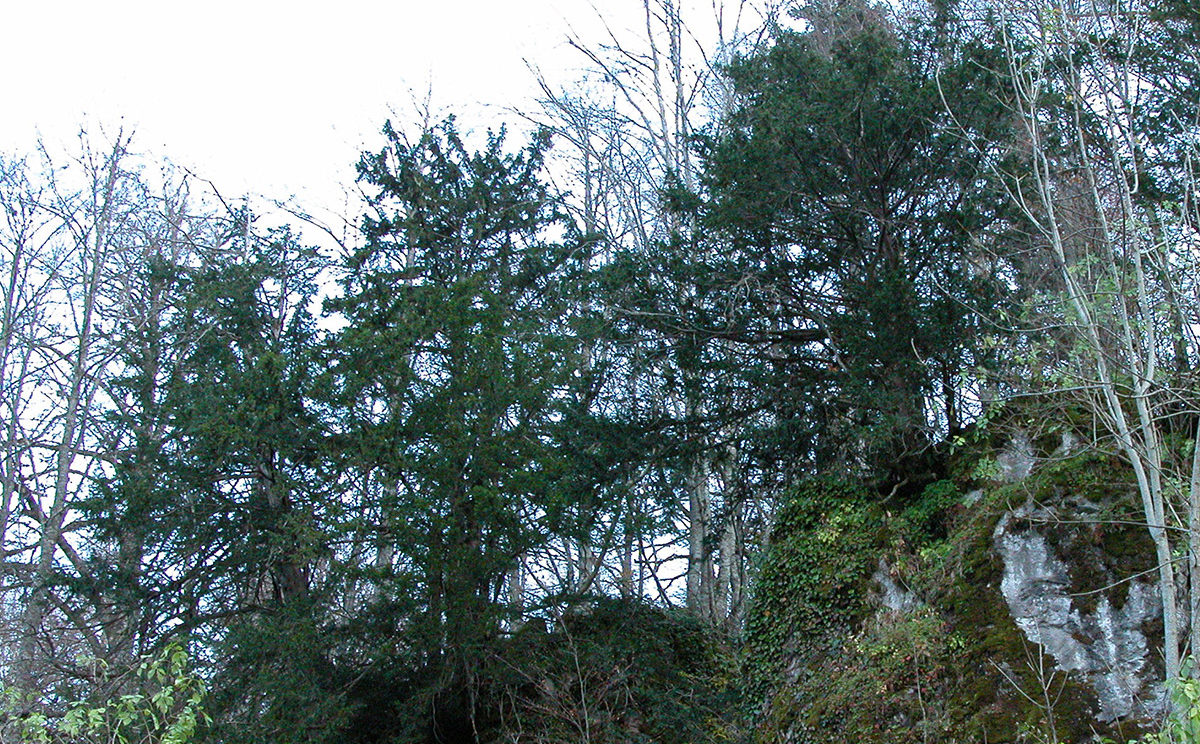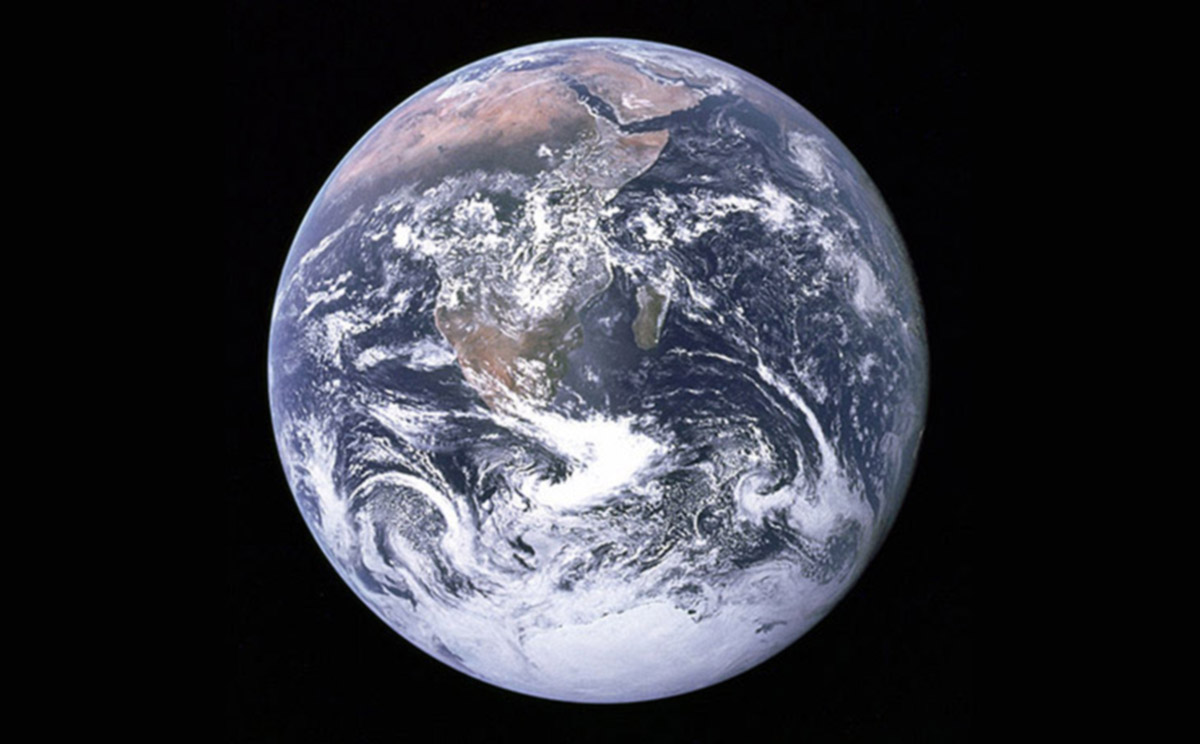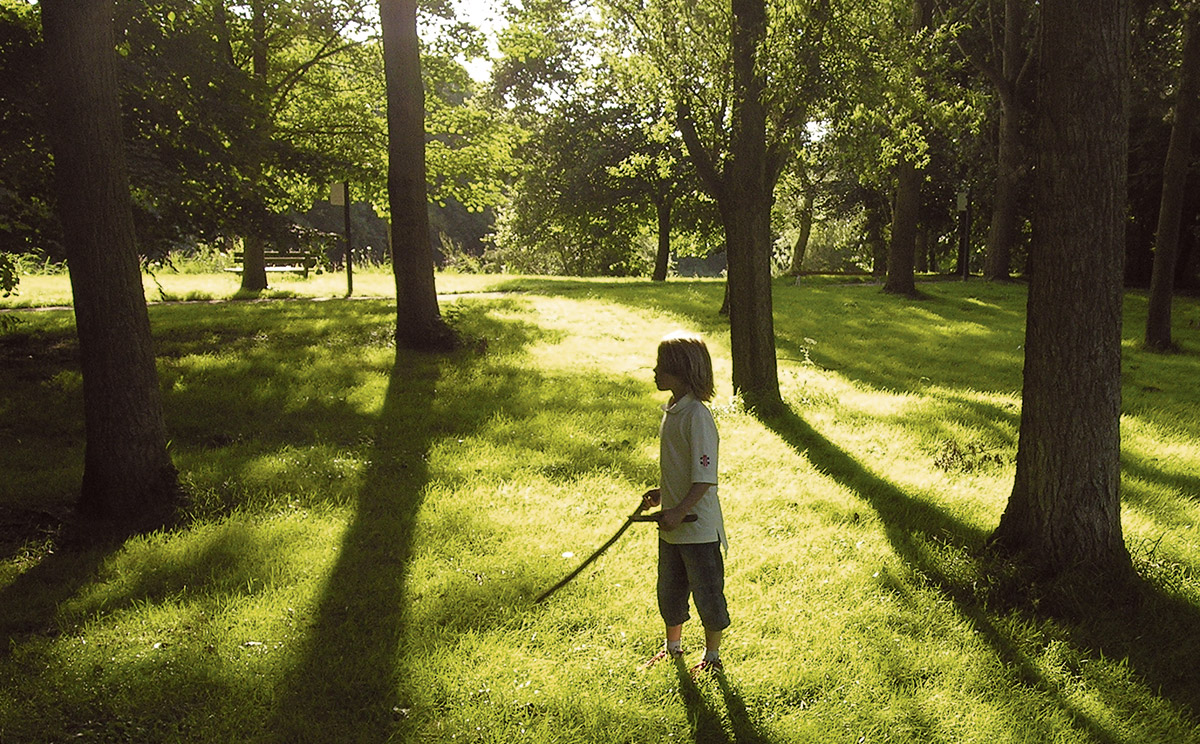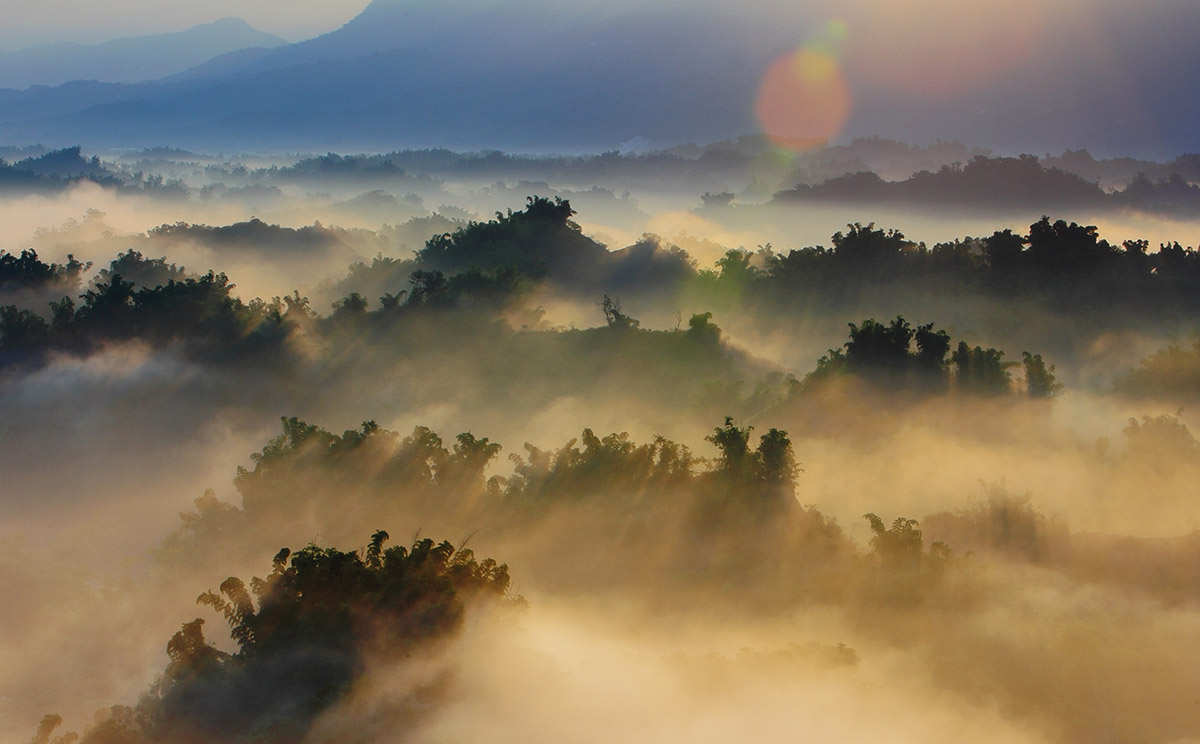Romania’s old-growth forests for furniture
April 2014
Already in December 2012, the Humboldt University in Berlin released satellite photos documenting large-scale deforestation in Romania. [1] The largest contiguous old-growth forest in Europe is dwindling, and with it the habitat of brown bears, wolves and lynx as well as the biodiversity they maintain.
About a third of Romania’s surface is woodland, 6.6 million hectares (16.3 million acres). [2] Or was. Every year, more than 17 million cubic metres of timber are thrown onto the market officially, the black market is estimated at 10% but environmental groups fear that 50% of all logging is illegal. According to the Romanian Court of Auditors, some 400,000 hectares (988,000 acres), roughly 6 percent of the entire forested area in the country, has been illegally logged since the collapse of the communist regime in 1989. [3, 4]
Furthermore, the hunting and culling quotas for brown bear get more fierce in Romania, especially in Transylvania where a senior politician even called for the army to help eradicating bears. He likened bears to “natural disasters, such as floods and forest fires”. Indeed, some regions experience a rise in bears venturing into towns in search of food. But the reason being the destruction and fragmentation of woodlands in the first place: bears’ normal diet of nuts and acorns is becoming scarcer. [5]
Ikea barking up the wrong tree
The Swedish furniture chain, like so many other brands, wants to become sustainable now. To feed its production facilities in Romania, Ikea has bought 33,600 hectares (83,000 acres) of forest from private hands in the summer of 2015. They shall be managed sustainably (preferably with FSC certification), but beforehand, the old-growth will be cut. [9]
Compare theguardian.com, 29 May 2012: IKEA under fire for ancient tree logging.
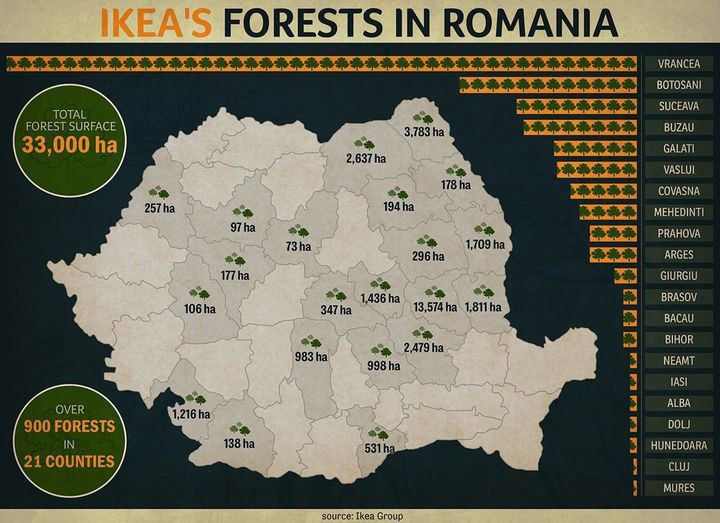
Update March 2016
Especially from April 2014, these news leaked into Western European media. [6] The oft-quoted suspicion was that general poverty in Romania drove forest owners to sell out (after the communist collapse, about 70% of Romanian woodland was returned to the original private owners), and that the unethical buyers of this illegal timber were located in China and Arabia.
But by 2015, deeper investigations have shown that it is mainly one Austrian company – the Schweighofer Group – which is responsible for the clear-cuts in Romania. [7] Schweighofer’s manager for Romania proudly praises his company’s dominance of the sector. Roughly 7 million cubic meters of coniferous wood is cut every year, he says, “if we run in full, we need 4.5 million for ourselves.’ [3, 8]
The Environment Ministry opened a phone hotline to track timber transports, so the population could check if truck licence plates are legal or not. But its usefulness is jeopardized by lethargy and corruption among the authorities. In the first six months, 7,000 calls were received, 2,000 pointed to illegal activities, but administrative action was taken in only one single case. [3]
Gabriel Paun, working for the environmental group Agent Green followed a timber truck right to the gates of a Schweighofer sawmill. While being on the timber hotline which repeatedly confirmed to him that that truck load was illegal, and with a police officer present, Schweighofer security guards beat him to the ground and used pepper spray on him (see video clip here). [3, 8]
And the clients of Schweighofer is us! The timber company supplies DIY stores across Europe. [7, 9]
See theguardian.com, 10 Feb 2016: “No evidence” that EU’s illegal timber policy is working
A beautiful introduction to the Romanian forest is this clip: ‘Alex Gavan speaks about Romanian Forests’, Environmental Investigation Agency (22 Feb 2016)
The Romania Report 2015 by eia (Environmental Investigation Agency) can be found here.
sources
1 Humboldt University Berlin, News.
2 forstpraxis.de, “Raubbau in Rumäniens Wäldern”, 7 April 2014.
3 Klawitter, Nils, 2015. “Kahlschlag im Urwald”, Der Spiegel 19/2015, p. 80–82.
4 www.handelsblatt.com, 17 May 2015.
5 Luke Dale-Harris, 2014. Romanian politician calls for the army to help control bear population. theguardian.com, 16 October 2014.
6 e.g., Der letzte große Urwald Europas ist bedroht, spiegel online, 19.04.2014.
7 Vaughan, Adam, 2015, ‘Major Austrian timber firm accused of illegal logging in Romania’, theguardian.com, 21 Oct 2015.
8 Klawitter, Nils, 2015, ‘Clear-Cutting Romania: Logging Threatens One of Europe’s Last Virgin Forests’, spiegel online, 8 May, 2015.
9 Neslen, Arthur, 2016, ‘“No evidence” that EU’s illegal timber policy is working’, theguardian.com, 10 Feb 2016.
10 Fülbeck, Tobias, 2015, “Ikea und Möbel Höffner: 5 Fakten, die Sie vor dem nächsten Einkauf kennen sollten”, The Huffington Post ,30 April 2015.
Also: D Bojin, P Radu, H Standberg. How Ikea And Harvard Got Tangled In A Corrupt Romanian Land Deal. The Huffington Post, 03/03/2016.
